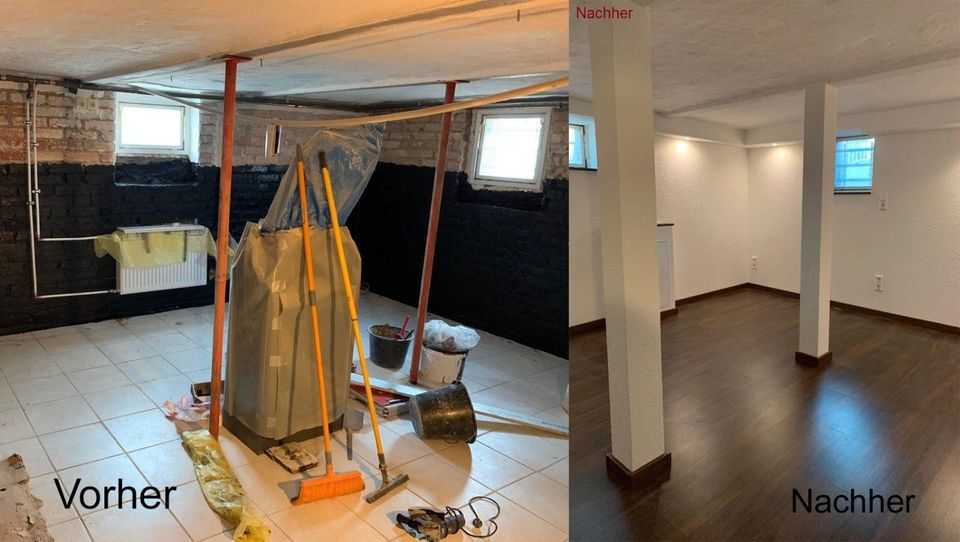Painting, one of the oldest forms of artistic expression, has been an integral part of human culture for millennia. From the ancient cave Haushaltsauflösung Entrümpelung Strausberg that tell stories of our ancestors to the vibrant canvases that adorn contemporary galleries, painting serves as a timeless medium for communicating emotions, ideas, and perspectives. In this article, we will explore the rich history, diverse styles, and the enduring appeal of painting as a form of artistic expression.
A Brief History of Painting
The history of painting dates back to prehistoric times, with evidence of early humans using pigments to create images on cave walls. Over the centuries, various civilizations developed unique painting traditions, each reflecting the cultural, social, and religious values of its time. Ancient Egyptian frescoes, classical Greek pottery, and medieval illuminated manuscripts are just a few examples of the diverse forms painting took on throughout history.
The Renaissance marked a pivotal moment in the evolution of painting, with artists like Leonardo da Vinci, Michelangelo, and Raphael pushing the boundaries of realism and perspective. This period saw the emergence of oil painting as a dominant medium, allowing for greater depth, texture, and color intensity. The subsequent centuries witnessed the rise of various art movements, including Impressionism, Cubism, and Abstract Expressionism, each challenging traditional notions of representation and pushing artistic boundaries.
Diverse Styles and Techniques
Painting is a vast and diverse art form, encompassing a wide range of styles, techniques, and mediums. Some artists adhere to realism, meticulously capturing the details of the world around them, while others embrace abstraction, using color, shape, and form to evoke emotions and ideas. The choice of medium, whether oil, acrylic, watercolor, or mixed media, also contributes to the unique character of a painting.




